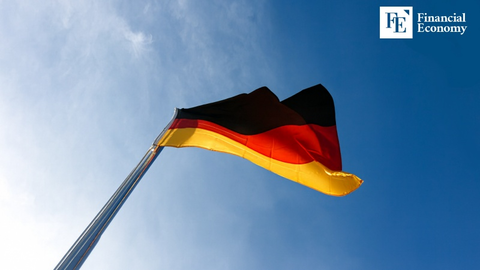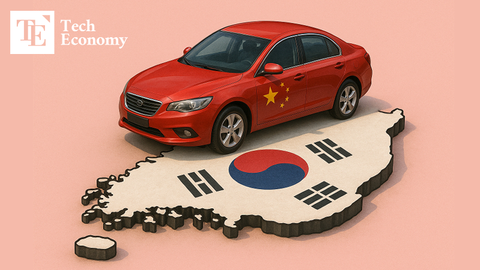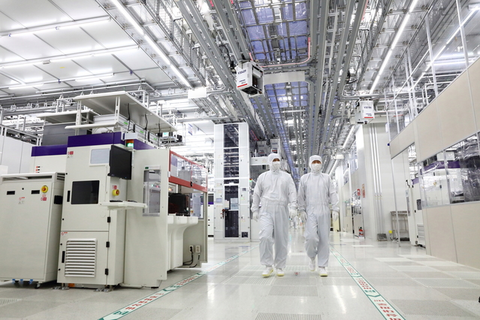China, Avoiding Trump’s Ultra-High Tariffs, Shifts Its ‘Tariff Haven’ Route from Southeast Asia to Egypt
Input
Modified
Vietnam and Other Southeast Asian Nations See Rise in Chinese Imports and U.S.-Bound Exports After the U.S. Announced Reciprocal Tariffs in April, China Expands Rerouted Exports Trump Ramps Up Pressure on Key Southeast Asian Countries in Trade Negotiations
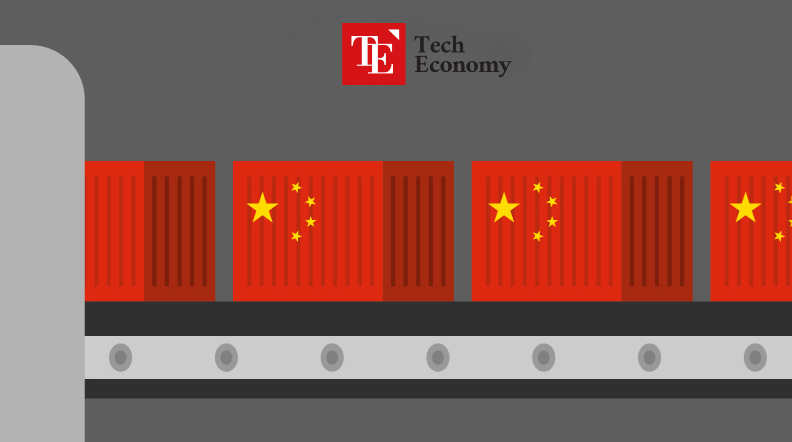
The United States’ reintroduction of ultra-high tariffs on Chinese goods under the Trump administration has triggered a sweeping recalibration of China’s export strategy. Faced with trade barriers designed to restrict direct access to the American market, Chinese manufacturers have devised increasingly elaborate ways to circumvent these economic roadblocks. Initially, much of this rerouting unfolded through Southeast Asia, with countries like Vietnam, Malaysia, Thailand, and Indonesia emerging as strategic conduits for transshipment. However, as U.S. pressure mounts and the policy landscape in the region shifts, Chinese firms are now looking beyond Asia for alternatives. Egypt, with its advantageous trade conditions and welcoming investment climate, is quickly rising as the next global staging ground for Chinese exports headed to the West. This new phase of tariff avoidance underscores not only China’s adaptability in the face of economic pressure but also the geopolitical complexities faced by U.S. trade partners navigating between Washington and Beijing.
Southeast Asia’s Transshipment Boom—and Looming Deadline
The initial response to the U.S. tariffs saw Chinese firms dramatically increase exports to the ten member countries of the Association of Southeast Asian Nations (ASEAN). In April, as Chinese exports to the United States fell by 21 percent compared to the same month in the previous year, exports to ASEAN surged by the same margin. This reversal marked a sharp contrast from March, when Chinese exports to the U.S. had still been growing by over 9 percent. The expansion of trade with ASEAN was not merely circumstantial; it was a deliberate maneuver by Chinese companies leveraging a temporary reprieve. On April 9, the Trump administration announced a 90-day suspension of reciprocal tariffs for countries other than China. Sensing opportunity, Chinese manufacturers began assembling components in countries such as Vietnam and Malaysia before routing the finished goods to the U.S.
The strategy was successful, and its impact was measurable. Vietnam, for instance, saw a dramatic increase in its imports of Chinese electronic parts and machinery, rising by 54 and 44 percent, respectively. Simultaneously, Vietnam’s exports to the U.S. rose by more than 30 percent. These figures, highlighted in a report by the Nihon Keizai Shimbun, signaled the effectiveness of transshipment as Chinese laptops, smartphones, and home appliances were rerouted in bulk through Southeast Asian channels. Malaysia and Indonesia also saw parallel gains in Chinese trade, further demonstrating how Southeast Asia became an essential intermediary in China’s efforts to maintain access to the American market.
Yet this workaround may soon be curtailed. The tariff deferral period is set to expire on July 7. Unless agreements are reached in ongoing negotiations between the U.S. and Southeast Asian countries, reciprocal tariffs will automatically be reinstated on July 8. The expected rates are steep: 46 percent for Vietnam, 36 percent for Thailand, 32 percent for Indonesia, and 24 percent for Malaysia. As the deadline approaches, the U.S. is demanding tighter enforcement of origin rules and more stringent efforts to block transshipment of Chinese-made goods. Trump has made it clear that he does not intend to extend the grace period without compelling justification, and has warned that tariff rates will be finalized immediately after the deadline if no resolution is reached.
Among the Southeast Asian nations, Vietnam finds itself in the most precarious position. It has the third-largest trade surplus with the U.S., after China and Mexico, and was one of the principal beneficiaries of production shifts during Trump’s first term. The Vietnamese government has taken a notably cooperative approach to U.S. demands, introducing a “Made in Vietnam” certification system and tightening inspections of imported goods. Prime Minister Pham Minh Chinh has publicly stated that Vietnam is intensifying efforts to crack down on illegal transshipment and is committed to aligning with U.S. expectations. Indonesia, Malaysia, and Thailand have also promised to monitor and restrict Chinese rerouted exports more closely. These countries have offered additional trade incentives, such as increasing purchases of American goods and easing non-tariff barriers, in hopes of preserving access to the U.S. market.
Nevertheless, direct sanctions on Chinese firms remain a sensitive issue. All four countries are deeply integrated with China through trade and investment networks. China is the leading trade partner for each, and their economies have been heavily shaped by Chinese capital and supply chains. Policymakers in the region are struggling to balance strategic alignment with Washington against their long-standing economic reliance on Beijing. Analysts believe that these countries are facing an increasingly unavoidable dilemma: whether to preserve sovereignty and economic ties with China or to comply with U.S. demands for trade decoupling, especially in politically sensitive sectors such as electronics, semiconductors, and artificial intelligence.
The Egyptian Alternative: Cost-Efficient, Strategic, and Politically Viable
As the Southeast Asian route becomes more politically fraught and economically uncertain, Chinese manufacturers have begun shifting their focus toward Egypt. Once considered peripheral to global manufacturing, Egypt is now emerging as a key alternative—an unexpected yet strategically sound destination for Chinese firms seeking to avoid punitive tariffs. The South China Morning Post reported that Chinese businesses are relocating their production bases to Egypt in growing numbers, hoping to capitalize on its low tariffs, competitive labor market, and strategic geographic position.
Unlike the Southeast Asian nations entangled in complex negotiations with the U.S., Egypt remains largely outside the fray. The country imposes only a 10 percent base tariff on goods and, as a nation that runs a trade deficit with the U.S., faces minimal risk of retaliatory American sanctions. Labor costs in Egypt are a major advantage as well, averaging between USD 100 and USD 150 per month, roughly half the labor costs in countries like Vietnam or Indonesia. Furthermore, Egypt’s proximity to major consumer markets in Europe, Africa, and the Middle East via the Suez Canal enhances its value as a transcontinental logistics hub.
Trade policy also works in Egypt’s favor. Through free trade agreements with both the United States and the European Union, Egypt enjoys preferential tariff treatment for goods exported to the West. This allows Chinese companies operating in Egypt to indirectly access U.S. and EU markets under more favorable terms, further reducing the financial impact of Trump-era tariffs. The Egyptian government has also embraced a pro-China orientation, offering generous foreign investment incentives and promoting a stable political and security environment to attract Chinese firms.
These policies are already bearing fruit. According to Egypt’s General Authority for Investment and Free Zones (GAFI), the number of Chinese companies operating in Egypt has more than doubled in recent years, from 1,200 in 2018 to over 2,800 today. The total value of Chinese investment in the country has surpassed USD 8 billion. Major Chinese brands, including Oppo, Haier, Huawei, Midea, ZTE, and GAC Motor, have established a presence in Egypt, alongside numerous small and medium-sized manufacturers in the electronics, textile, and home appliance sectors.
The Suez Canal Economic Zone, in particular, has become a focal point of Chinese investment. More than USD 3 billion has been invested in this zone alone, with large-scale projects spanning nine key sectors, including clothing, consumer electronics, steel, and automobile manufacturing. This focused investment reflects a broader strategy: to transform Egypt into a manufacturing and export hub not only for Africa and the Middle East, but also as a new front in China’s global supply chain strategy, free from the increasing constraints in Asia.
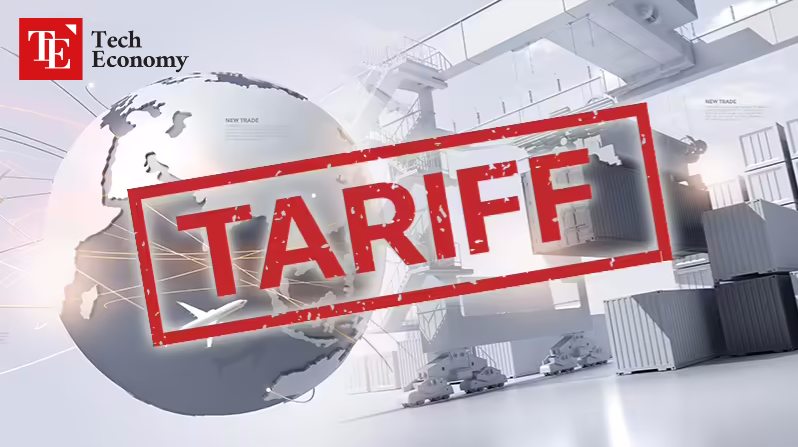
A New Chapter in Global Trade Realignment
China’s shifting export routes—from Southeast Asia to Egypt—signal a significant and ongoing realignment in global trade. The Trump administration’s tariff escalation has not simply blocked Chinese goods from the U.S. market; it has prompted a re-engineering of global production and export chains that is still unfolding. While Southeast Asia offered an early workaround, the U.S. is now actively pressing those governments to clamp down on rerouted Chinese goods. The upcoming expiration of the tariff deferral period in July could become a flashpoint that forces nations like Vietnam, Malaysia, Indonesia, and Thailand to make definitive strategic choices.
In contrast, Egypt offers a fresh alternative—one that is not currently caught in the U.S.–China rivalry but remains deeply integrated into the global economy. With low production costs, strong infrastructure, and favorable trade agreements, Egypt is positioning itself as the next vital node in China’s export network. For now, it appears to be a politically viable and economically sound route for Chinese firms determined to sidestep mounting tariffs and continue serving Western markets.
Whether this new model proves sustainable in the long term will depend on how U.S. trade policy evolves and how China continues to adapt. But one thing is clear: in the global chess game of tariffs and trade, China is already several moves ahead—shifting pieces across continents in search of safe passage through a fragmented and politically charged economic landscape.






